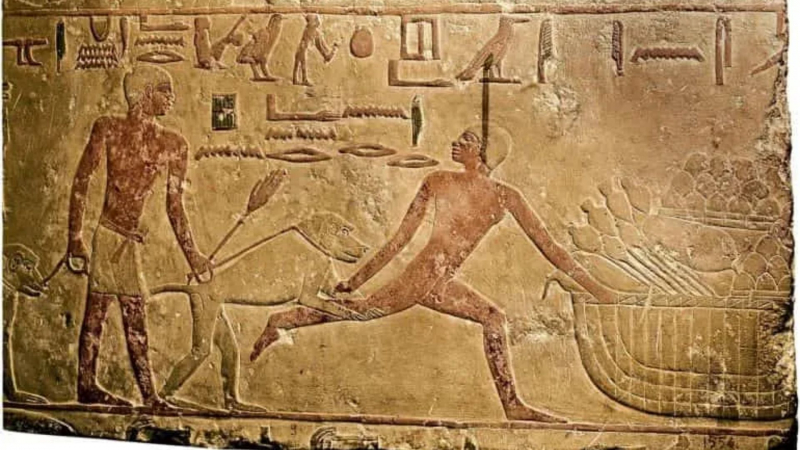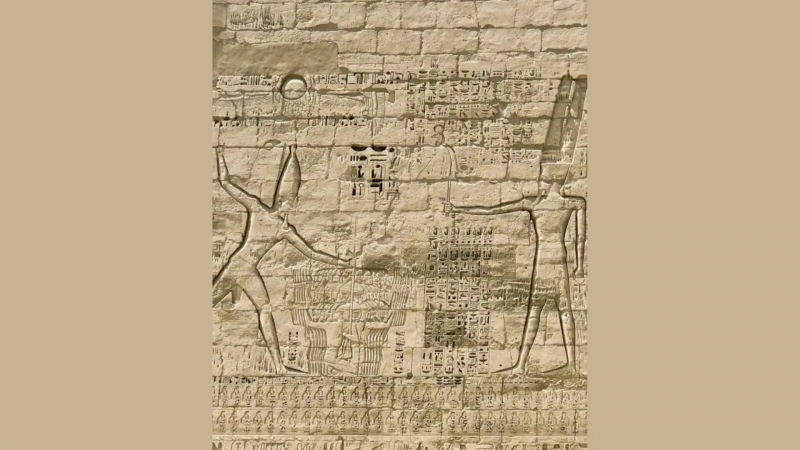The Police
During the Old Kingdom period, the Egyptians, like most ancient societies, relied on local warriors and privately employed guards (paid by rich landowners and nobles) to protect their fortresses, holy buildings, and, more significantly, storehouses. However, by the conclusion of this epoch, particularly during the 5th Dynasty, the Egyptian monarchy and nobility began to hire more committed personnel for essential guarding jobs. The majority of these guards were drawn from military factions, ex-military veterans, and even international mercenaries. One of the most notable instances would be the elite Medjay, who were essentially Nubian desert scouts entrusted with protecting high-value public buildings such as markets and temples.
Since the first police force was established in ancient Egypt, the growth of urban living and the concentration of power coincided with the emergence of organized law enforcement. Around 2500 BC, it was first used to patrol and control the ships and boats traveling on the Nile, guard them against robbers, and guarantee that trade and the economy remained prosperous. Around 1500 BC, the Egyptians created the Medjay, an elite paramilitary police unit. A nomadic group from Nubia who served as the first police officers were referred to as "Medjay," but the term quickly came to be used to refer to the entire force. The Pharaoh's palace, frontiers, and capital city were among the most important places the Medjay were tasked with guarding.
Thus, in the sphere of personal security, ancient Egypt established the world's first recognized police force. By the Middle Kingdom (approximately 2050 - 1800 BC), the overlapping system of employing soldiers (or ex-soldiers) as guards had been replaced by developing a full-time professional police force. These ancient Medjay 'cops' were entrusted with ensuring peace in their various zones and protecting commerce caravans, in addition to guarding crucial and high-value sites. They approached this mission in a variety of ways, including the use of animals such as dogs and even monkeys to apprehend offenders. And, similarly to today, the rising police force was fueled by a state-administered body that chose the Chief of the Medjay. The Chief of the Medjay, in turn, appointed his sub-chiefs, who then appointed their deputies and constables in specific precincts across the city.

















